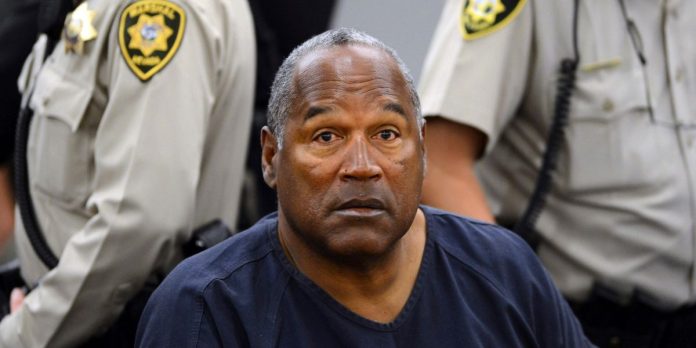Understanding the Difference Between Participation Rate and Unemployment Rate
The job market is a crucial indicator of a country’s economic health. It not only affects individuals’ livelihoods but also impacts the overall economic growth of a nation. To assess the state of the job market, economists and policymakers rely on various metrics, including the participation rate and unemployment rate. While both these rates provide valuable insights into the job market, they differ significantly in their methodology and implications. In this article, we will delve into the differences between the participation rate and unemployment rate, their significance, and how they are used to gauge the health of the job market.
1. What is the Participation Rate?
The participation rate measures the percentage of working-age individuals who are either employed or actively seeking employment. It helps determine the proportion of the population that is engaged in the labor force. To calculate the participation rate, divide the number of people in the labor force by the total working-age population and multiply by 100.
2. What is the Unemployment Rate?
The unemployment rate, on the other hand, measures the percentage of individuals in the labor force who are currently unemployed and actively seeking employment. It provides insights into the proportion of people who are willing and able to work but are unable to find suitable employment opportunities. The unemployment rate is calculated by dividing the number of unemployed individuals by the total labor force and multiplying by 100.
3. Key Differences
The participation rate and unemployment rate differ in their approach and what they represent. The participation rate considers both employed and unemployed individuals, providing a broader perspective on labor force engagement. In contrast, the unemployment rate focuses solely on those who are actively seeking employment but unable to find it.
4. Significance of Participation Rate
The participation rate is a crucial metric as it reflects the overall willingness of individuals to participate in the labor market. A high participation rate indicates a healthy job market where people are confident about finding employment opportunities. Conversely, a low participation rate suggests a lack of confidence in the job market, with individuals either choosing not to work or giving up on finding employment. A declining participation rate can be a cause for concern as it may indicate discouraged workers or structural issues within the labor market.
5. Significance of Unemployment Rate
The unemployment rate is a widely recognized indicator of economic health. A low unemployment rate signifies a strong job market, with ample opportunities for individuals seeking employment. It indicates that the labor market is absorbing job seekers and that the economy is operating at or near full employment. Conversely, a high unemployment rate suggests a sluggish job market, with limited opportunities for job seekers. High unemployment rates can lead to social and economic challenges, such as reduced consumer spending and increased government expenditure on social welfare programs.
6. Interpreting Both Rates Together
While the participation rate and unemployment rate provide valuable insights individually, analyzing them together offers a more comprehensive understanding of the job market’s health. For instance, a scenario where the unemployment rate decreases while the participation rate also declines may indicate discouraged workers who have given up on finding employment. This situation may falsely suggest an improving job market when, in reality, it reflects a shrinking labor force.
7. Policy Implications
Policymakers and economists closely monitor both rates to inform their decisions and formulate appropriate policies. A high unemployment rate may prompt policymakers to implement measures to stimulate job creation, such as tax incentives for businesses or investment in infrastructure projects. On the other hand, a declining participation rate may necessitate policies that address barriers to labor force participation, such as improving access to education and training programs or implementing family-friendly workplace policies.
In conclusion, the participation rate and unemployment rate are two essential metrics used to assess the health of the job market. While the participation rate provides insights into labor force engagement, the unemployment rate focuses on those actively seeking employment. Analyzing both rates together offers a more comprehensive understanding of the job market’s dynamics. Policymakers and economists rely on these rates to make informed decisions and implement appropriate policies to foster a robust and inclusive job market.


